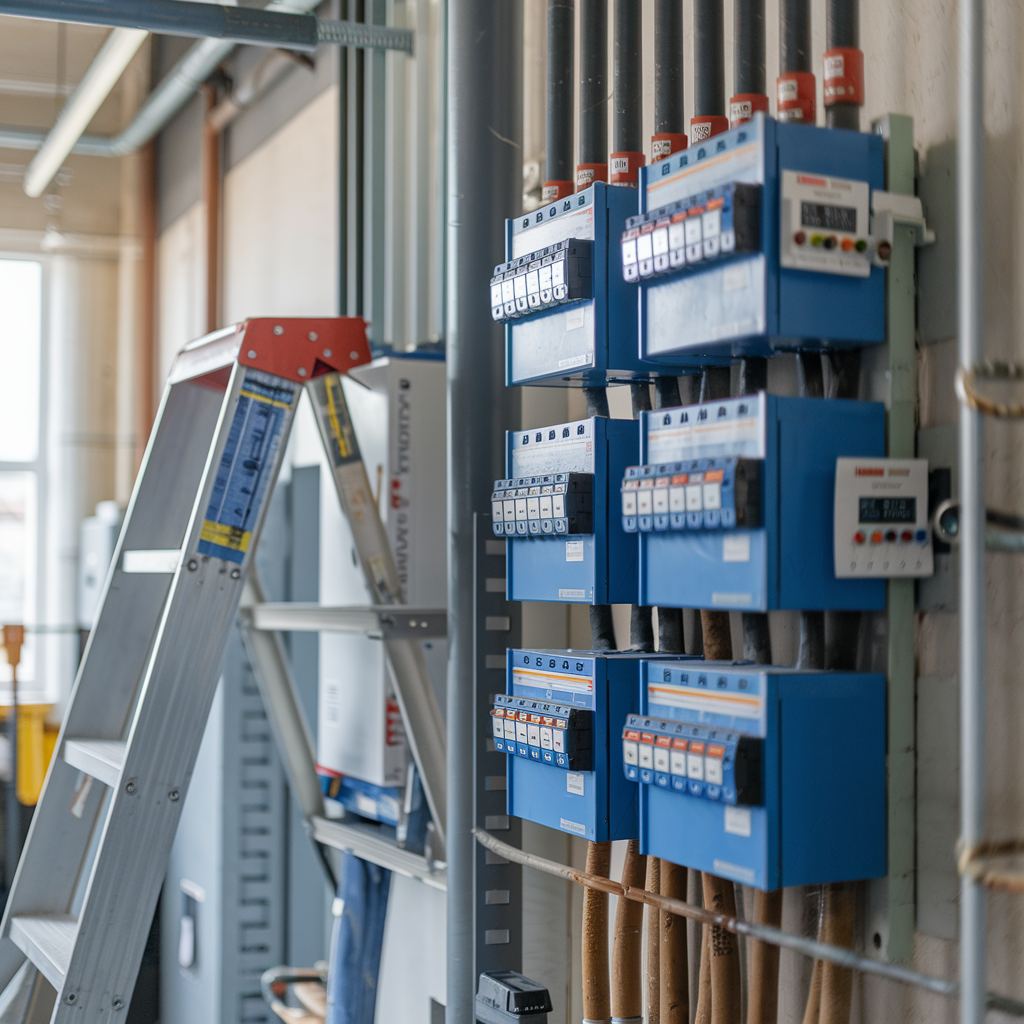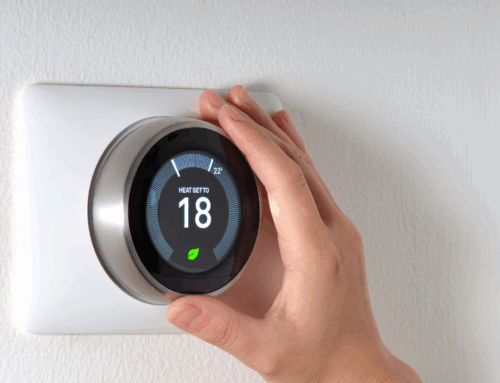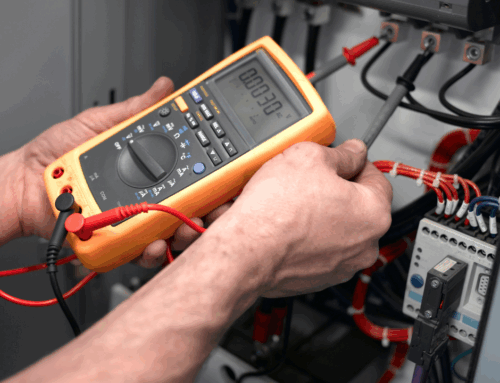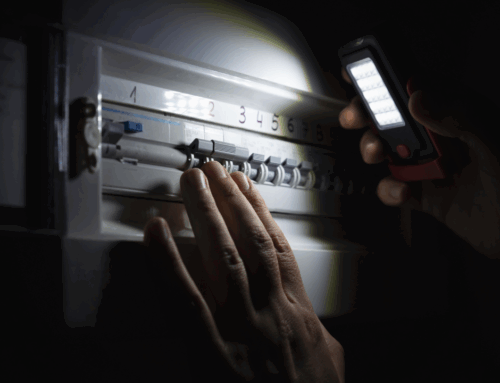Effective electrical load management is essential for the smooth operation of any commercial building. With the increasing demand for energy in modern workplaces, managing the electrical load is vital to ensure efficiency, safety, and cost-effectiveness.
What is Electrical Load Management?
Electrical load management refers to the process of monitoring, controlling, and optimising the energy consumption of a building’s electrical systems. It involves balancing the power supply with demand to prevent overloads, maintain system reliability, and reduce operational costs. In commercial buildings, electrical systems support lighting, heating, air conditioning, computers, machinery, and other essential equipment, making load management a critical component of maintaining building functionality.
Why is Electrical Load Management Important?
There are several reasons why effective electrical load management is important in commercial buildings:
- Energy Efficiency: Managing the electrical load helps reduce energy waste. By ensuring that equipment and systems operate at optimal capacity, businesses can avoid unnecessary energy consumption, which in turn reduces energy bills.
- System Reliability: Overloading electrical circuits can cause system failures, blackouts, and even fires. Proper load management minimises the risk of overloading and ensures the electrical system remains reliable, preventing costly downtime.
- Cost Savings: By optimising energy use, businesses can significantly reduce their electricity costs. Efficient electrical load management can also help avoid penalties from energy suppliers for exceeding power usage limits.
- Sustainability: Reducing energy waste contributes to the overall sustainability of a business. Many companies are striving to meet environmental goals, and effective load management supports these efforts by lowering the building’s carbon footprint.
Key Components of Electrical Load Management
To manage the electrical load effectively in commercial buildings, several factors need to be considered:
- Load Analysis: A thorough analysis of the building’s electrical load is the first step. This involves assessing the energy consumption of different systems, identifying peak usage periods, and determining which equipment consumes the most energy. By understanding the building’s energy profile, businesses can develop targeted strategies to manage demand more efficiently.
- Load Balancing: Load balancing ensures that the electrical demand is evenly distributed across circuits. Without proper balancing, certain circuits may become overloaded, while others remain underutilised. Balancing the load prevents overuse of specific circuits and ensures that equipment operates within safe parameters.
- Demand Response Systems: Implementing demand response systems allows businesses to adjust their energy consumption based on real-time energy supply and demand. These systems automatically reduce or shift energy use during peak periods, helping to avoid overloading the grid and minimising costs.
- Smart Meters and Energy Monitoring: Smart meters provide real-time data on energy consumption, helping businesses track their electrical usage. These devices allow for continuous monitoring of the building’s energy consumption, which is essential for identifying trends, spotting inefficiencies, and making data-driven decisions to improve load management.
- Upgrading Electrical Infrastructure: In some cases, outdated electrical infrastructure may not be able to handle modern energy demands. Upgrading to more efficient systems, such as LED lighting, energy-efficient HVAC units, and smart control systems, can improve electrical load management and enhance overall efficiency.
Best Practices for Managing Electrical Load in Commercial Buildings
To ensure optimal electrical load management, businesses should consider the following best practices:
- Schedule Regular Inspections: Regular inspections of electrical systems are essential for identifying potential issues and ensuring that equipment is running efficiently. An electrician can assess whether circuits are balanced and make adjustments as needed.
- Stagger Equipment Use: Where possible, stagger the use of high-energy-consuming equipment to avoid peak demand periods. This can help reduce the strain on the electrical system and prevent circuit overloads.
- Invest in Energy Management Systems: Energy management systems allow for better control of the building’s energy use. These systems provide detailed insights into energy consumption patterns and can automate load management processes.
Understanding and implementing effective electrical load management is key to ensuring the safety, reliability, and efficiency of commercial buildings. By balancing energy use, monitoring demand, and investing in modern infrastructure, businesses can significantly reduce their operational costs while maintaining a sustainable and reliable electrical system. With careful planning and the right tools, electrical load management can enhance both the financial and environmental performance of any commercial building. Contact us for more information.







Leave A Comment